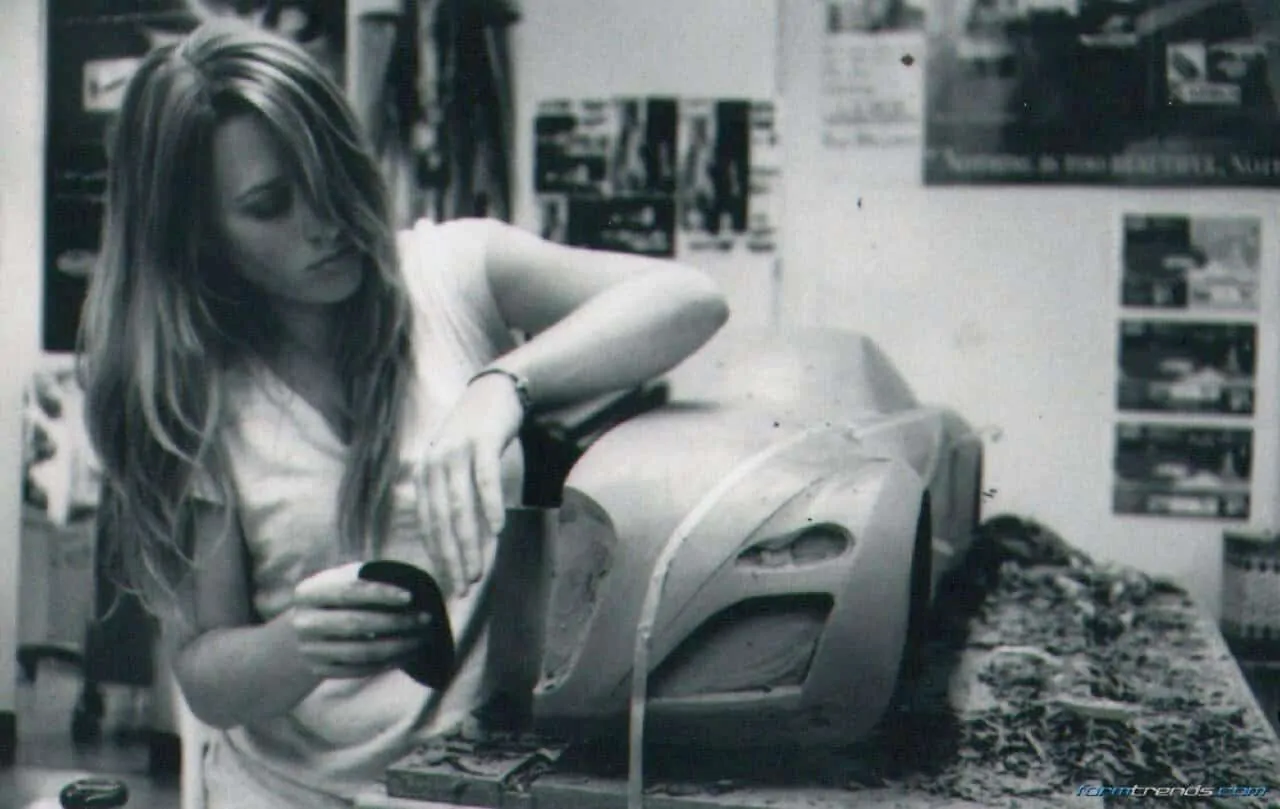Becoming a car designer is not an easy task. Nor is being a car design student. Here’s an inside look at a Bugatti project that took place at Art Center College of Design.
You were born with a love for cars. Maybe you know where it came from, maybe you don’t. But you live and breathe them, particularly their design. As long as you can remember you’ve had a pencil in your hand – sketching cars is your favorite activity, even if your history teacher throws a piece of chalk at you because you’re drawing cars in the margins of your notebook instead of paying attention in class.
For many of you, this will sound very familiar. I see you nodding your head through the screen. So you’ve decided to turn your passion into your dream job. You’ve worked night and day to create an incredible portfolio that will make you stand out from the crowd. And now you’ve just been accepted to design school. Congratulations! You’re on your way…
Below is a series of photographs taken by Maeva Ribas documenting one of the projects she and her course mates did while attending Art Center College of Design in Spring 2014. They were taken over a 12-week-long period during the fourth term of study. It’s one of the many projects the students worked on over the total eight terms on the Transportation Design course.
Ribas, who was also taking a photography class at the time, cleverly combined her workload to create two assignments. “I didn’t have time to design another project for the photo class, so I decided to make my most time-consuming, and most important class, the project itself,” says Ribas. “It worked great!”
Shot on a 35mm film camera and developed in a dark room by Ribas, the photos document a Bugatti project for Exterior 4 class, taught by Profs Dennis Campbell and Bumsuk Lim. The objective was to design a Bugatti for the year 2024. At the end of the project, the students presented their sketches and a 5th scale half clay model to the class and the two professors. The project was kept secret during the 12-week process and the photos only surfaced at the end.




















